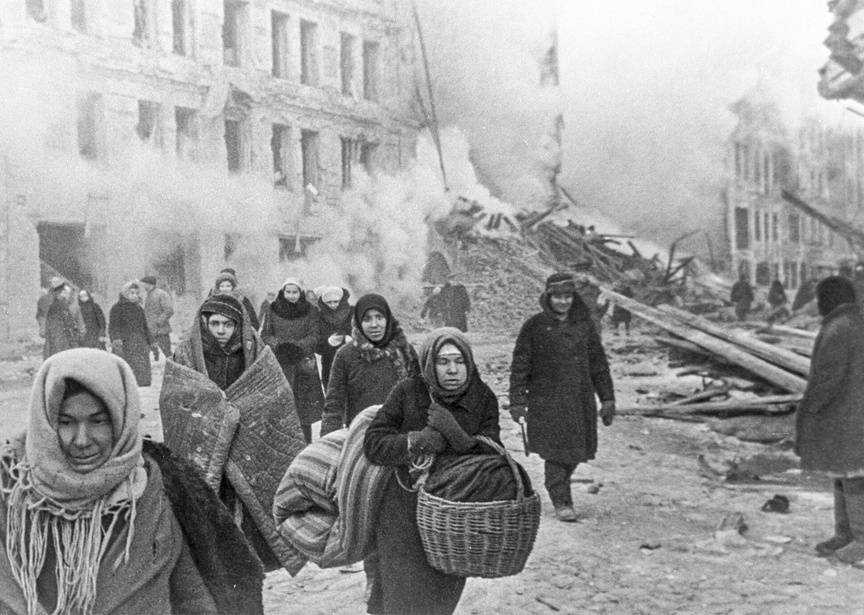
The past doesn't whisper—it screams through cracks in cobblestones along the Neva. This week, scholars from four continents converged like winter cranes upon Petersburg to dissect the city's most harrowing chapter: the 872-day siege that turned bread into currency and resilience into art.
"History isn't a frozen lake but quicksand," remarked one official during the conference, where academics wrestled with the paradox of interpreting catastrophe through modern eyes. The event, hosted between hallowed museum walls and a university's glass atrium, became a temporal bridge—connecting battlefield diaries digitized by the "Lived Through" project to geopolitical analyses of Brazilian newspapers cheering Soviet resistance from tropical latitudes.
An archivist revealed how Rio's 1940s tabloids painted Leningrad's plight with ink both sensational and sincere:
The unlikely kinship between cities separated by hemispheres later blossomed into formal sisterhood—proof that shared trauma transcends geography.
Three revelations emerged like shrapnel from the academic trenches:
As dusk painted the Winter Palace's façade gold, participants agreed: Leningrad's story remains both warning and wonder, its echoes growing louder as new voices join the chorus. The city, rebuilt like a phoenix from ash and ice, now safeguards its truth in digital vaults and young researchers' hungry minds.


















